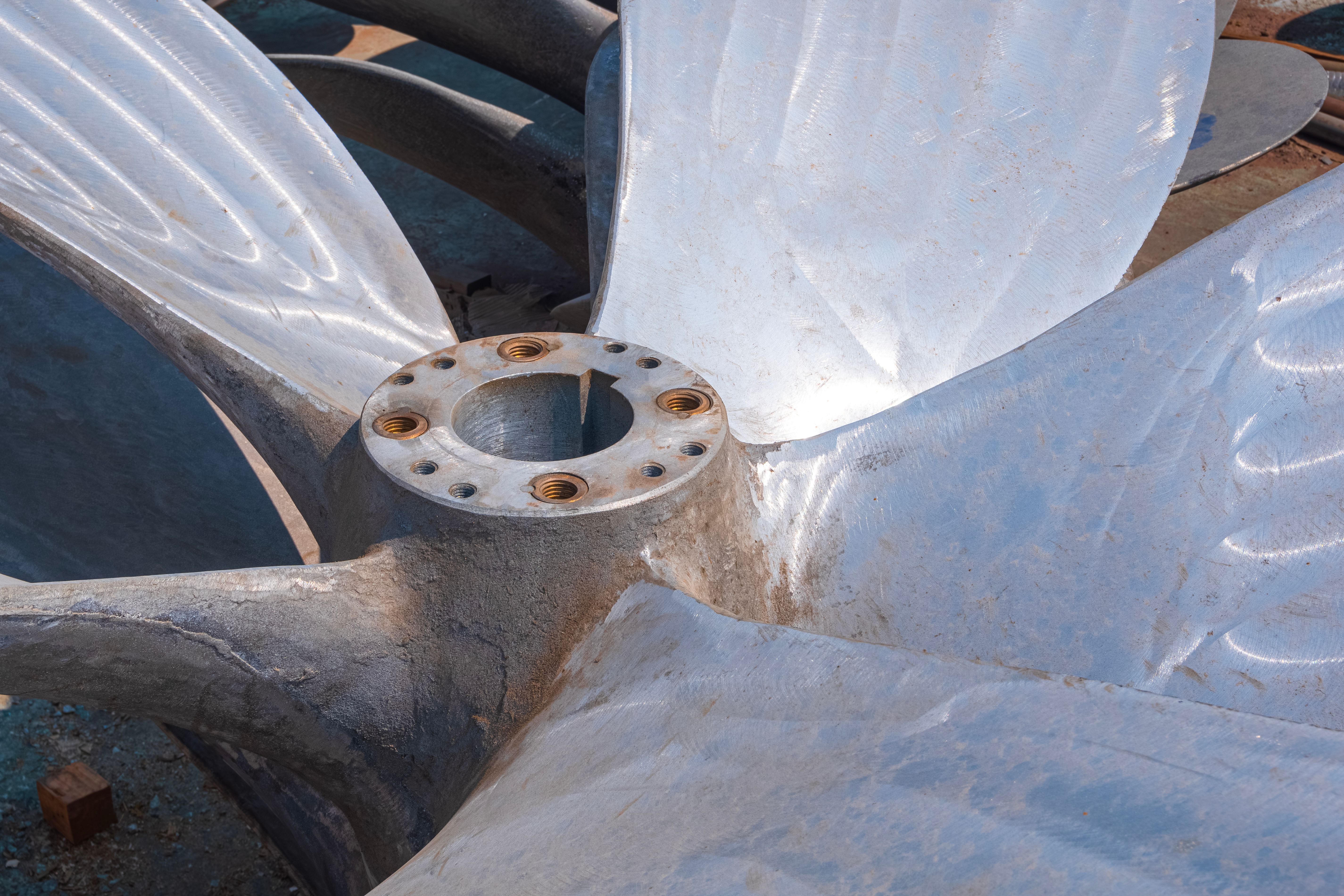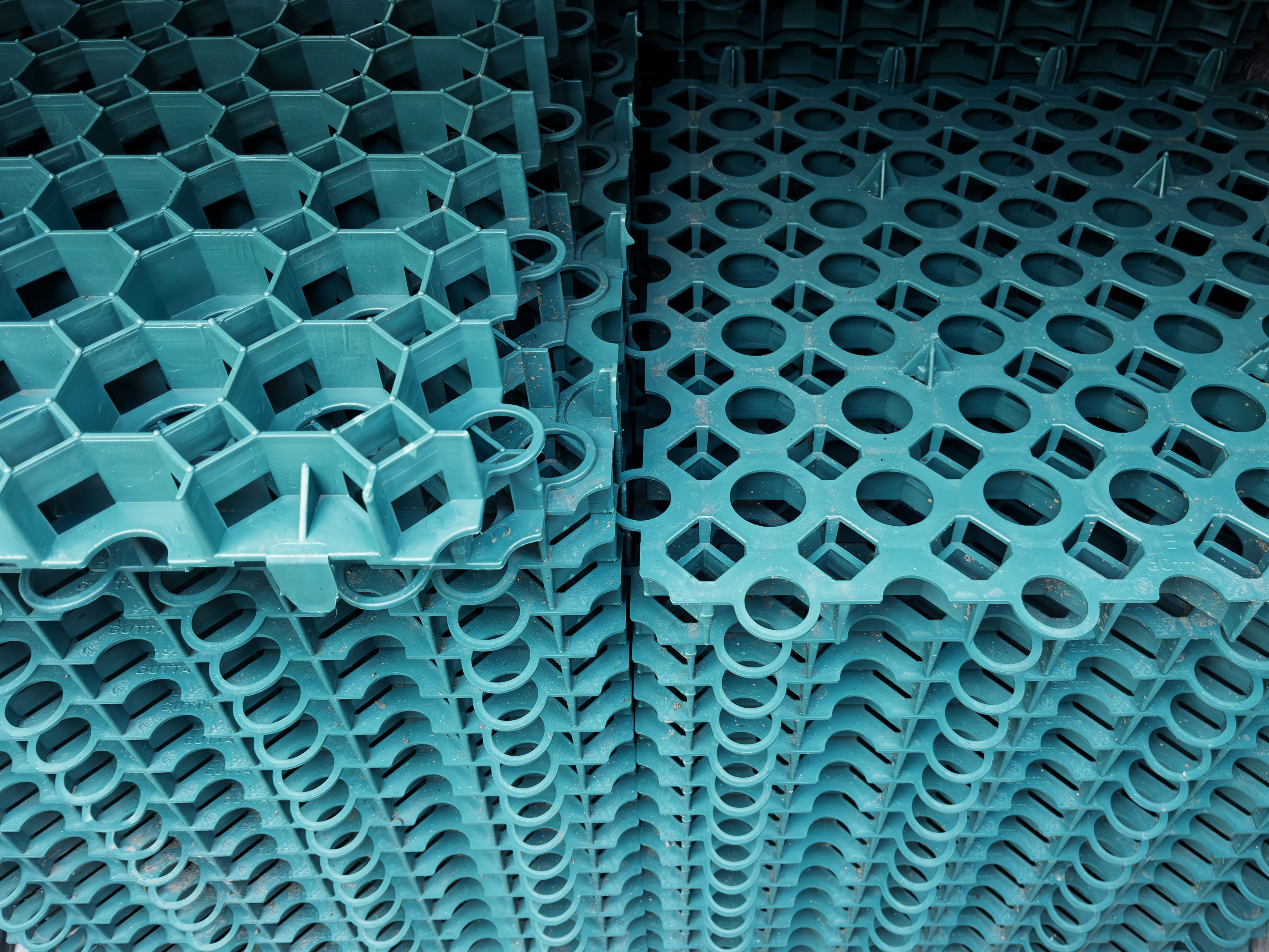Top 5 Innovations in Marine Propellers
Introduction
Marine propellers have seen remarkable advancements over the years, enhancing efficiency and sustainability in maritime transportation. As technology continues to evolve, innovative designs and materials are transforming how vessels traverse the oceans. Here, we explore the top five innovations in marine propellers that are making waves in the industry.

1. Biomimetic Designs
Nature has always been an inspiration for engineering, and marine propellers are no exception. Biomimetic designs, inspired by the fins of aquatic creatures, are being developed to improve efficiency and reduce noise. These designs aim to mimic the graceful movements of marine life, resulting in propellers that offer better thrust with less energy consumption.
This innovation not only enhances performance but also contributes to a quieter marine environment, minimizing the disturbance to aquatic life.
2. Composite Materials
The use of composite materials in propeller manufacturing has revolutionized the industry. Traditional metal propellers are being replaced with those made from advanced composites, which are lighter and more durable. These materials provide excellent resistance to corrosion and fatigue, significantly extending the lifespan of propellers.

Moreover, composite propellers are more customizable, allowing for intricate designs that optimize performance for specific vessel types.
3. Variable Pitch Propellers
Variable pitch propellers represent a significant leap in propeller technology. Unlike fixed pitch propellers, these can adjust the blade angle to optimize performance under different conditions. This adaptability leads to improved fuel efficiency and maneuverability, making them ideal for vessels that operate in diverse environments.
By maximizing efficiency, variable pitch propellers help reduce operational costs and environmental impact, aligning with the maritime industry's sustainability goals.

4. Rim-Driven Thrusters
Rim-driven thrusters are an innovative propulsion system that integrates the motor into the propeller's rim. This design eliminates the need for a central shaft, resulting in a more compact and efficient system. Rim-driven thrusters offer smoother and quieter operation, making them particularly suitable for passenger and research vessels.
Their compact design also allows for greater flexibility in vessel design, paving the way for more innovative shipbuilding approaches.
5. Advanced Computational Fluid Dynamics (CFD)
Advanced computational fluid dynamics (CFD) technology is transforming how propellers are designed and tested. By simulating fluid flow around propeller blades, engineers can predict performance and identify areas for improvement. This leads to more efficient designs that can be rapidly prototyped and tested.

The use of CFD in propeller development helps reduce the time and cost associated with traditional testing methods, accelerating the introduction of new propeller models to the market.
Conclusion
The innovations in marine propeller technology are driving significant improvements in efficiency, sustainability, and performance. From biomimetic designs to advanced materials and computational tools, these advancements are shaping the future of maritime transportation. As the industry continues to evolve, we can expect even more groundbreaking developments that will propel us toward a more sustainable future on the seas.